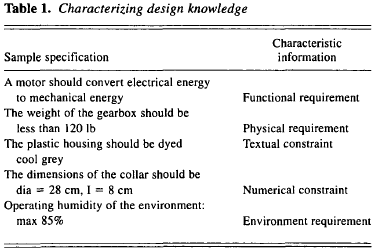Refine search
Actions for selected content:
48585 results in Computer Science
AIE volume 1 issue 1 Cover and Front matter
-
- Article
-
- You have access
- Export citation
AIE volume 10 issue 5 Cover and Back matter
-
- Article
-
- You have access
- Export citation
Erratum
-
- Article
-
- You have access
- Export citation

